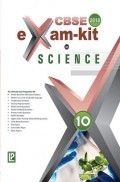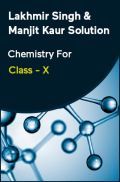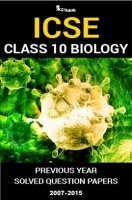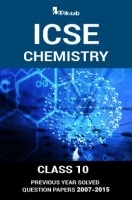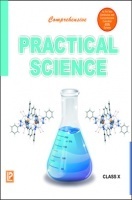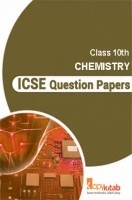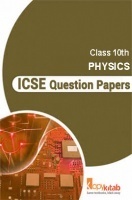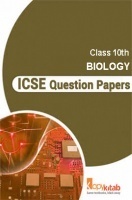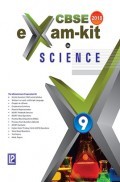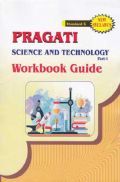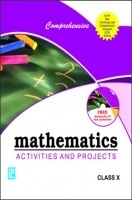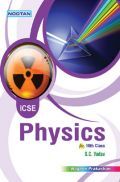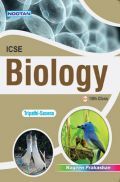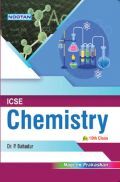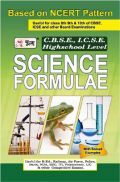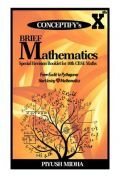★ It is strictly in accordance with the latest syllabus (CCE) for the Xth class prescribed by C.B.S.E., New Delhi.
★ Subject matter is presented in a simple and lucid manner.
★ Properly labeled diagrams are provided in the experiment.
★ Sufficient theory is provided at the beginning of each experiment.
★ Tables are given for direct recording of the observations.
★ Precautions are given for each and every experiment.
★ The procedure required for each experiment is written in an orderly manner.
★ Viva Voce questions and Multiple Choice Questions with answers are given in each experiment.
We sincerely hope that the present book will prove to be more useful for the students in their practical class.
This book Useful for Class-10th Chemistry Students.
Experiment 1. To find the pH of the following samples by using pH paper/universal indicator:
(a) Dilute Hydrochloric acid (HCl)
(b) Dilute Sodium hydroxide (NaOH) solution
(c) Dilute Ethanoic acid (CH3COOH) solution
(d) Lemon juice
(e) Water
(f) Dilute sodium bicarbonate solution.
Experiment 2A. To study the properties of acids (HCl) by their reaction with:
(a) Litmus solution (Blue/Red)
(b) Zinc metal
(c) Solid sodium carbonate
Experiment 2B. To study the properties of bases (NaOH) by their reaction with:
(a) Litmus solution (blue/red)
(b) Zinc metal
(c) Solid sodium carbonate
Experiment 3. To perform and observe the following reactions and classify them into:
(i) Combination reaction
(ii) Decomposition reaction
(iii) Displacement reaction
(iv) Double displacement reaction.
1. Action of water on quicklime.
2. Action of heat on ferrous sulphate crystals.
3. Iron nails are kept in a copper sulphate solution.
4. Reaction between sodium sulphate and barium chloride solutions.
Experiment 3A. To perform and observe the action of water on quicklime and classify the reaction.
Experiment 3B. To perform and observe the action of heat on ferrous sulphate crystals and classify the reaction.
Experiment 3C. To perform and observe the reaction of iron nails kept in copper sulphate solution and classify the reaction.
Experiment 3D. To perform and observe the reaction between sodium sulphate and barium chloride solutions and classify the reaction.
Experiment 4. (i) To observe the action of Zn, Fe, Cu and Al metals on the following salt solutions:
(a) ZnSO4(aq) (b) FeSO4(aq) (c) CuSO4(aq) (d) Al2(SO4)3(aq).
(ii) Arrange Zn, Fe, Cu and Al (metals) in the decreasing order of reactivity based on the above result.
Experiment 5. To study the following properties of acetic acid (ethanoic acid):
(i) odour
(ii) solubility in water
(iii) effect on litmus
(iv) reaction with sodium bicarbonate
Experiment 6. To study saponification reaction for preparation of soap.
Experiment 7. To study the comparative cleaning capacity of a sample of soap in soft and hard water.







